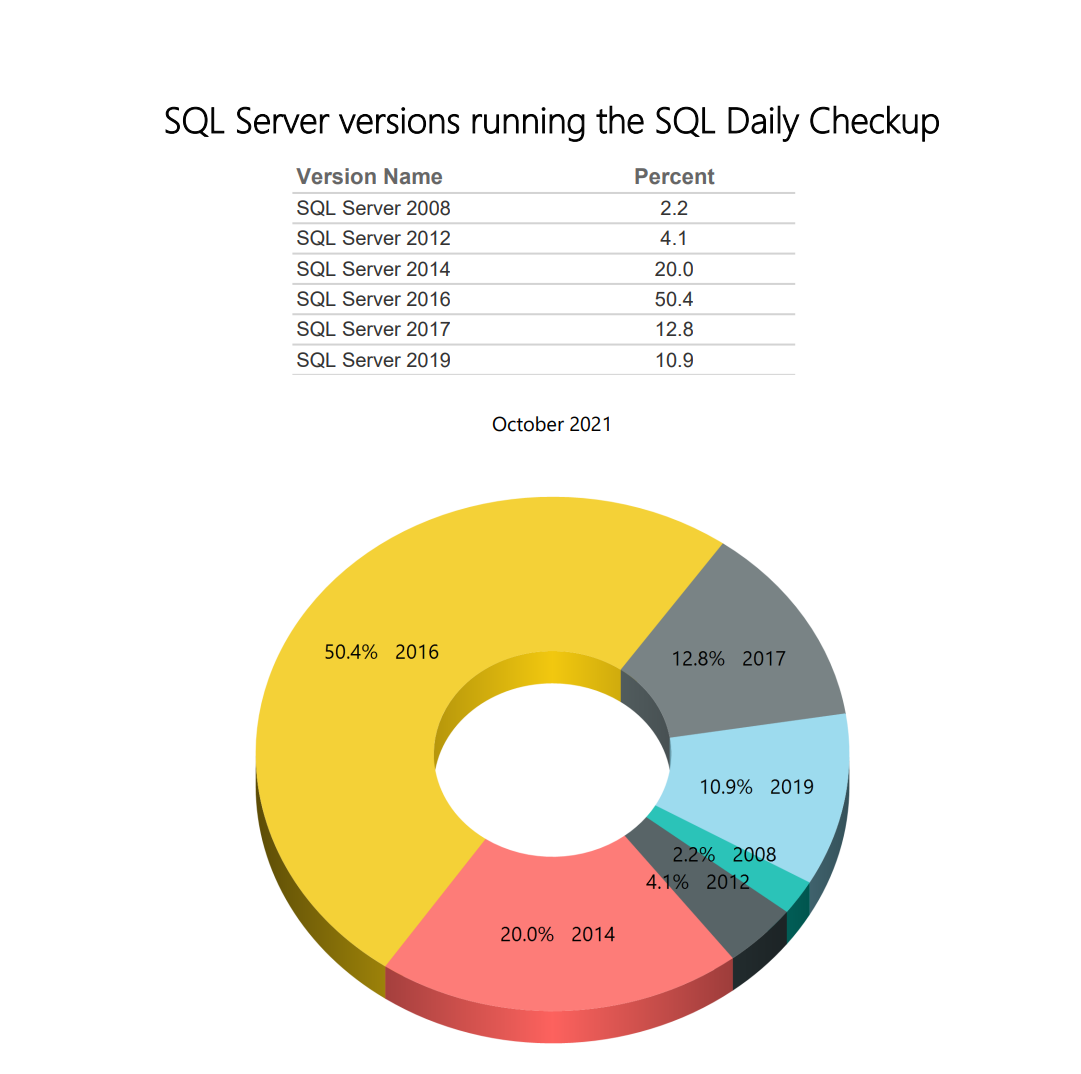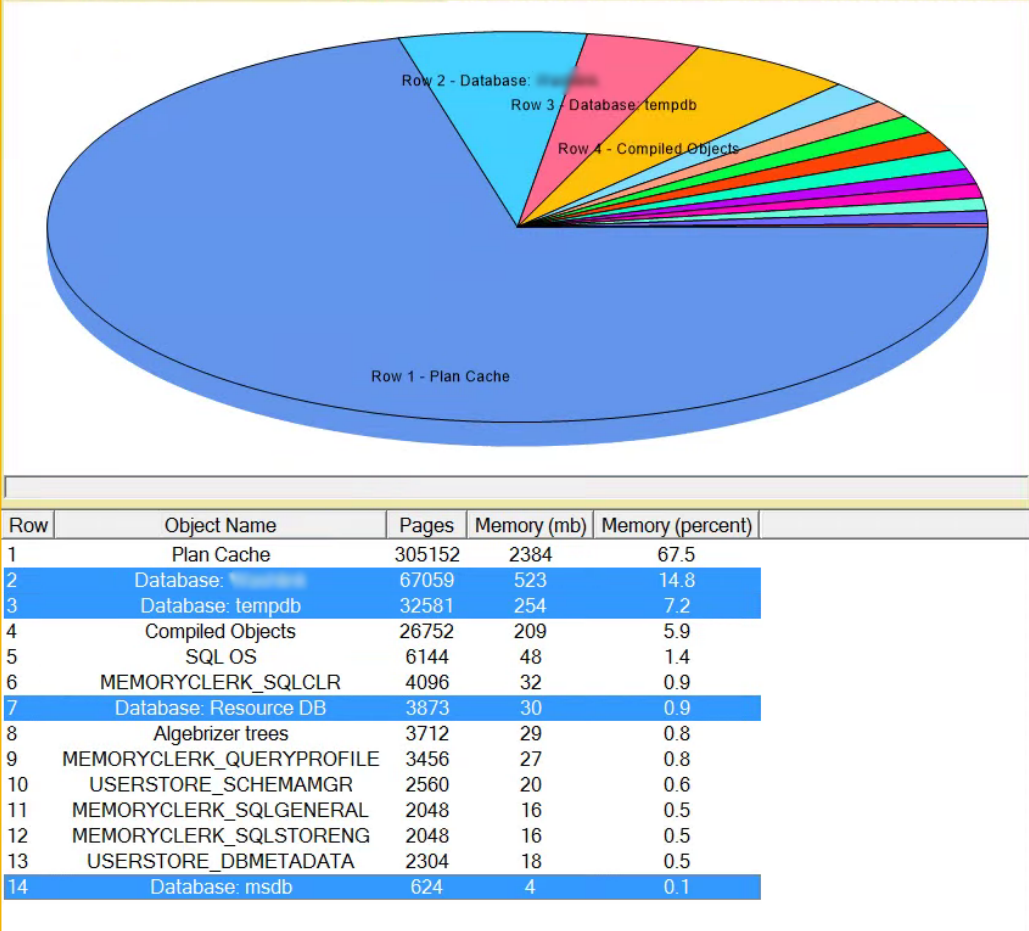Using OSQL.EXE to run a scheduled task on SQL Server Express Edition
One of the feature differences between SQL Server Express Edition and the other paid versions is the ability to schedule jobs or tasks using the… Read More »Using OSQL.EXE to run a scheduled task on SQL Server Express Edition









